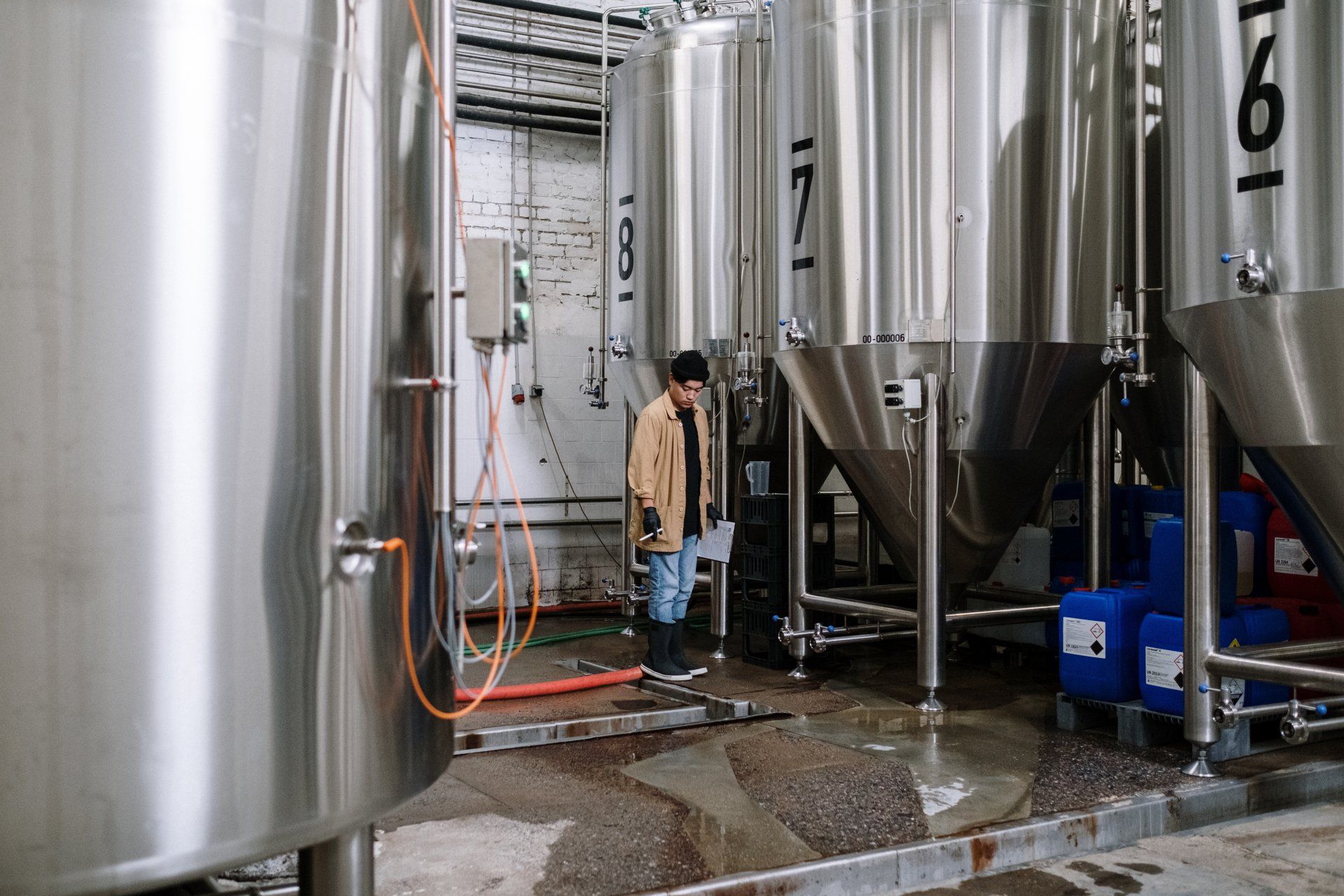Your business may depend on it.

When it comes to investing in new production and manufacturing equipment for a small business, many owners are tempted to jump on the latest and greatest technology without fully vetting the equipment for long-term reliability and repairability. However, making a hasty decision without looking into the equipment's durability and functionality can lead to disaster. In this blog post, we will discuss the significance of vetting new equipment, the consequences of making an uninformed decision, and provide a comprehensive checklist to guide small business owners towards choosing reliable equipment.
Importance of Reliability and Repairability
Reliability refers to the equipment's ability to perform consistently and without unexpected downtime or malfunctions during tasks. It ensures your equipment will be operating efficiently and will prevent possible damage to other equipment or products.
Repairability, on the other hand, is the capacity of a tool or equipment to be fixed if it breaks down or experiences a fault. This makes a significant difference in whether an item can be repaired, maintained, or upgraded. If the machine breaks down frequently and parts can't be replaced, it's no longer functional, and you'll have to invest in a new one.
Consequences of Not Vetted Equipment
Investing in semi-functional or low-quality equipment can have dire consequences on a small business. For example, your production line may be down for extended periods, unable to deliver orders on time, and your customers lose their faith in your business. Additionally, if you realize that you've wasted resources on a machine that won't work well for you, you've wasted your initial investment.
Several businesses have faced significant losses, damaged reputation, and business disruption due to not fully vetting equipment, such as the case of a small bakery that invested in an expensive mixer, without researching its capabilities and limitations. The device malfunctioned at peak business hours, causing the bakery to lose much-needed revenue.
Benefits of Vetting Equipment
Vetting equipment ensures that you're investing in a reliable and functional machine, with the capabilities that suit your business's requirements. It reduces the risks associated with investing in new machinery, prevents equipment breakdowns, saves you money, and eliminates concerns about replacing or repairing parts over time.
Methods for Vetting Equipment
Several methods can be used to vet equipment before purchasing, including:
- Reviews: Check online reviews of the product before buying to get insights on the equipment's reliability and functionality.
- Warranty and support: By seeking a warranty with your purchase, you can guarantee the longevity of your equipment as well as have a well-established connection to the manufacturer or supplier rather than relying on third-party repair services.
- Product testing: Test the equipment with a trial against your company's practices and standards. This will allow you to have a hands-on experience with the equipment and recognize its limitations and capabilities.
Checklist for Vetting Equipment
When vetting equipment, consider the following checklist that will make it easier for you to make an informed investment decision:
- Determine if the equipment meets your business requirements
- Check the manufacturer's warranty
- Take a closer look at the product manual and specs
- Check online reviews of the product
- Verify the product complies with industry safety regulations
- Test the equipment for performance and efficiency
- Consult with industry experts or knowledgeable mechanics
In summary, before making an investment decision on your next piece of equipment, it's crucial to look beyond the initial purchase price, and instead, focus on vetting the equipment by checking its reliability, repairability, and functionality. By following a comprehensive checklist and using appropriate vetting techniques, your small business can avoid unexpected downtime, unnecessary expenses, and poor productivity. Remember, it's always better to invest in reliable and durable equipment that'll support your company's growth and productivity.
Questions? Schedule a Free Consultation


